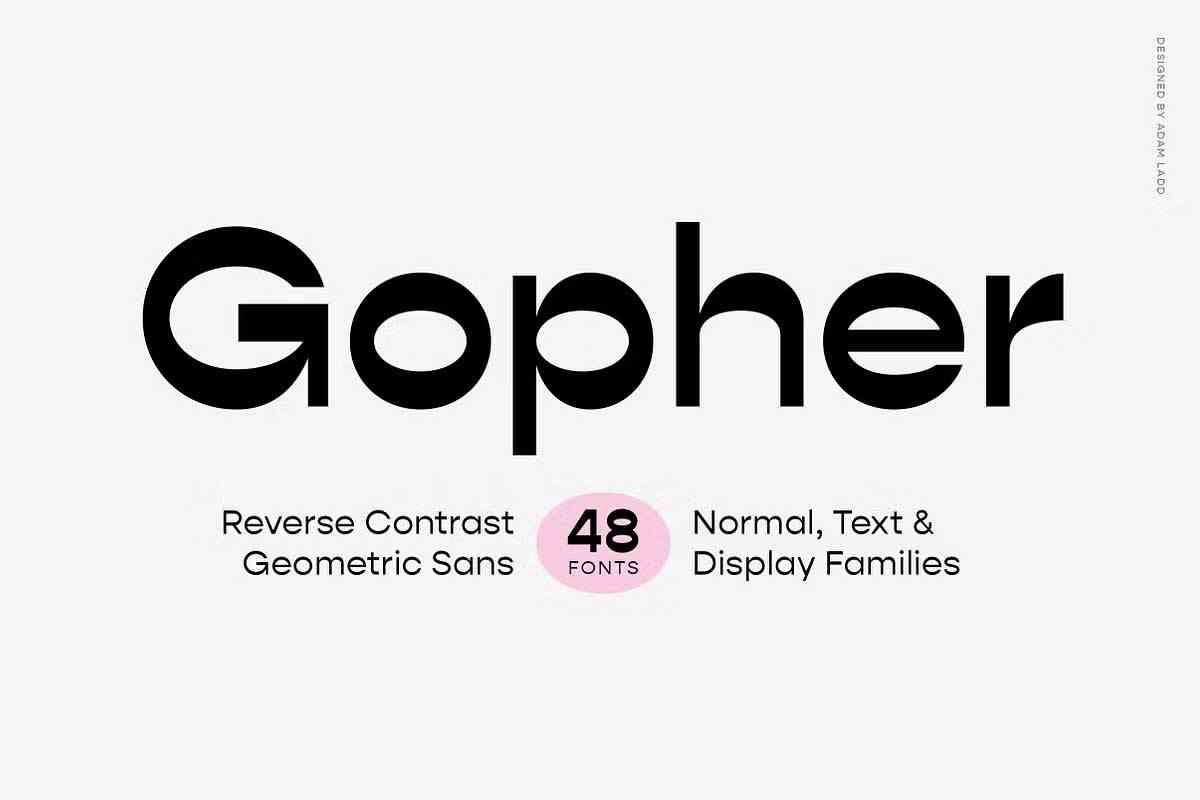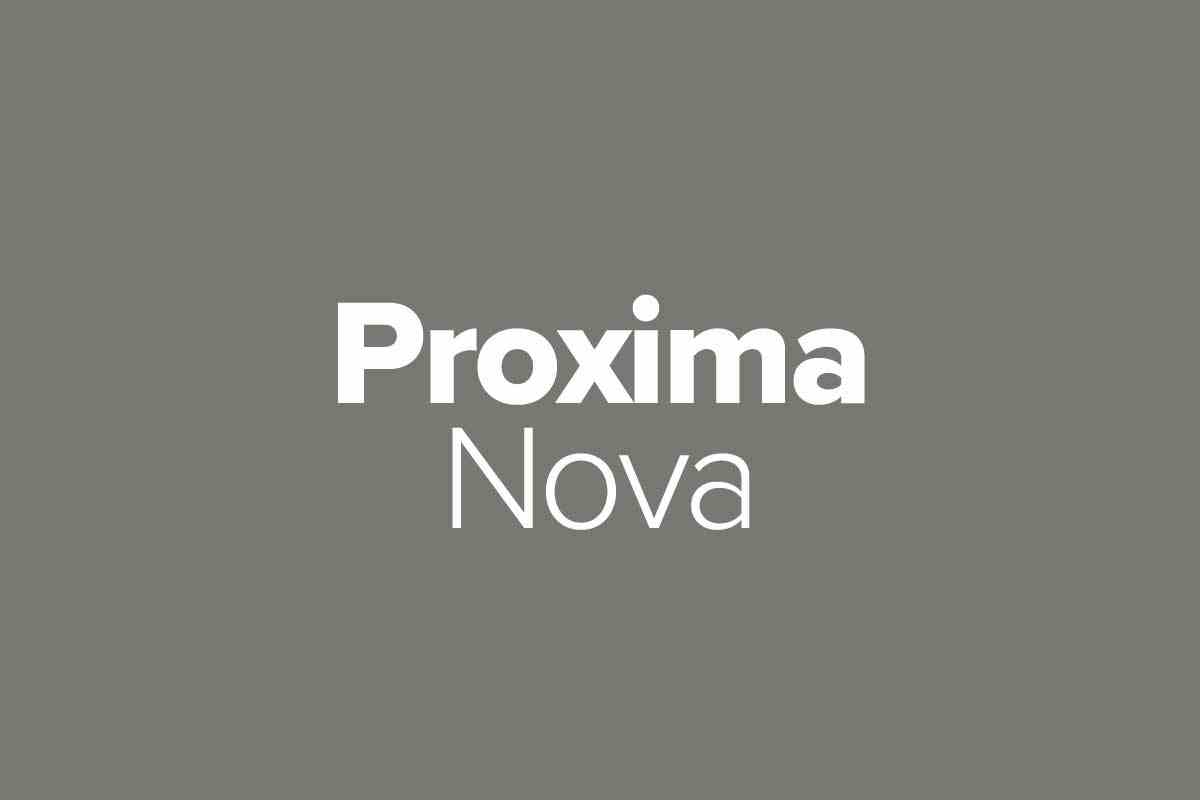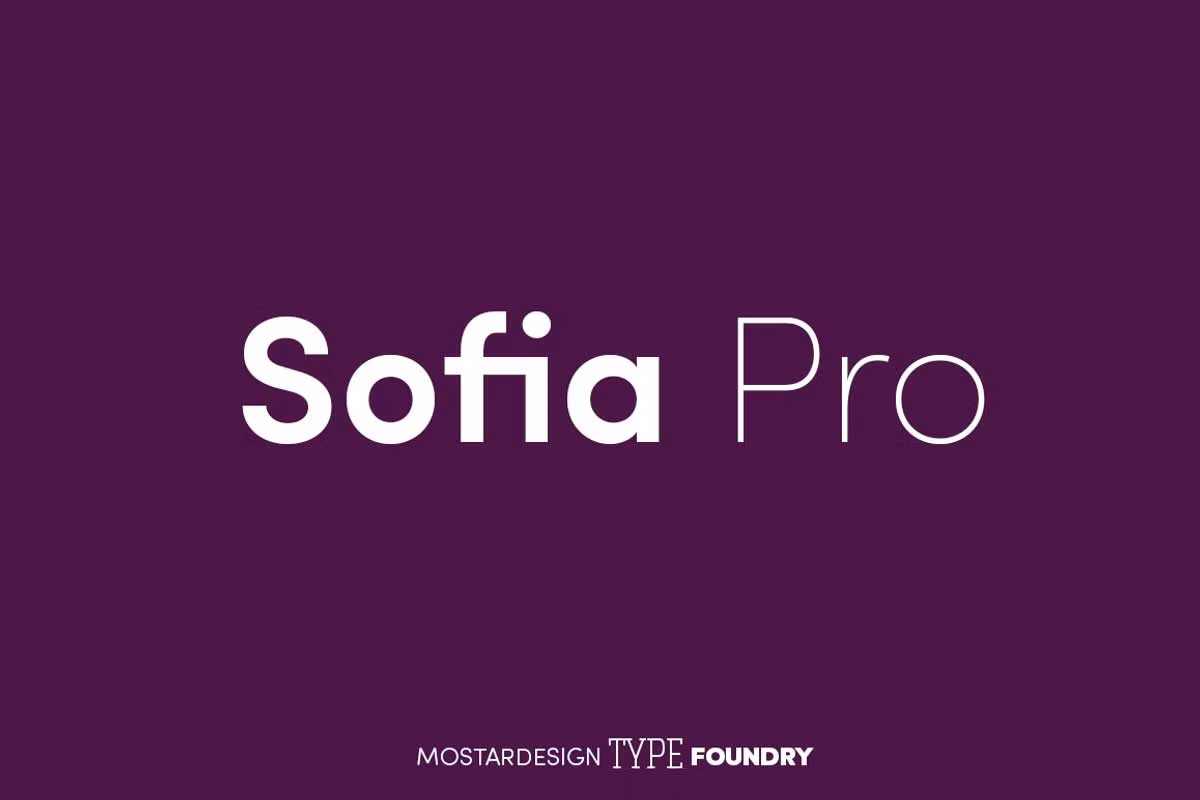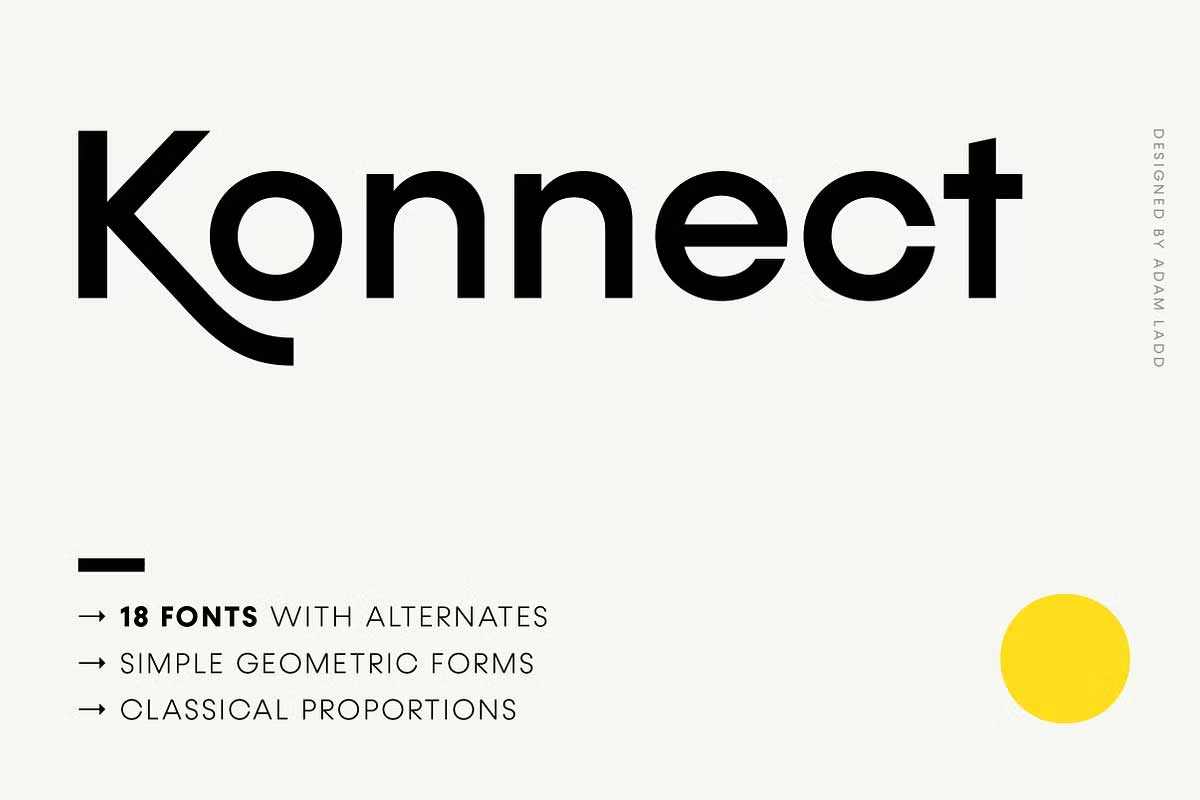Gopher is a reverse contrast, geometric sans serif font with Normal Text and Display families. The 48 included fonts in the complete family range from hairline to heavy, with italics. A variation in the amount of contrast is what distinguishes the three separate families while allowing them to still work in harmony together.
In typography, it is common to have vertical contrast, where the sides and stems of letters are thicker, and the horizontal tops and bottoms are thinner. However, Gopher, a geometric sans serif typeface, provides a unique look by reversing this contrast. In Gopher, the sides are thinner, and the tops and bottoms are thicker. This approach was challenging to design, especially for letters with diagonal strokes, like “v” and “k”, but it yielded exciting results.
Gopher includes many OpenType features to enhance your typography:
- Swash capitals
- Stylistic alternates (a, J, I, 0)
- Standard and discretionary ligatures
- Case-sensitive punctuation for All Caps
- Fractions, superscripts, subscript
48 OpenType (.OTF) fonts included in your purchase (3 families with 16 fonts each):
- Gopher Hairline (plus Italic) in Normal, Display, and Text styles
- Gopher Thin (plus Italic) in Normal, Display, and Text styles
- Gopher Light (plus Italic) in Normal, Display, and Text styles
- Gopher Regular (plus Italic) in Normal, Display, and Text styles
- Gopher Medium (plus Italic) in Normal, Display, and Text styles
- Gopher Bold (plus Italic) in Normal, Display, and Text styles
- Gopher Black (plus Italic) in Normal, Display, and Text styles
- Gopher Heavy (plus Italic) in Normal, Display, and Text styles
With over 600 glyphs, this font has extensive Latin language support (100+ Latin languages) for Western, Central, and South Eastern European. Gopher will find its home in a variety of settings for branding, advertising, posters, magazines, packaging, and more.
Gopher will work great right away with most any software (Adobe, MS Word, Pages, etc.), but to take advantage of the additional OpenType features, OpenType-savvy software (like the Adobe applications) is recommended. Only the swash alternate characters are PUA-encoded; the other more standard stylistic alternates are not to help preserve functions like spell-checking, searching, and proper glyph matching if switching fonts.
Gopher Font Family Free Download
















